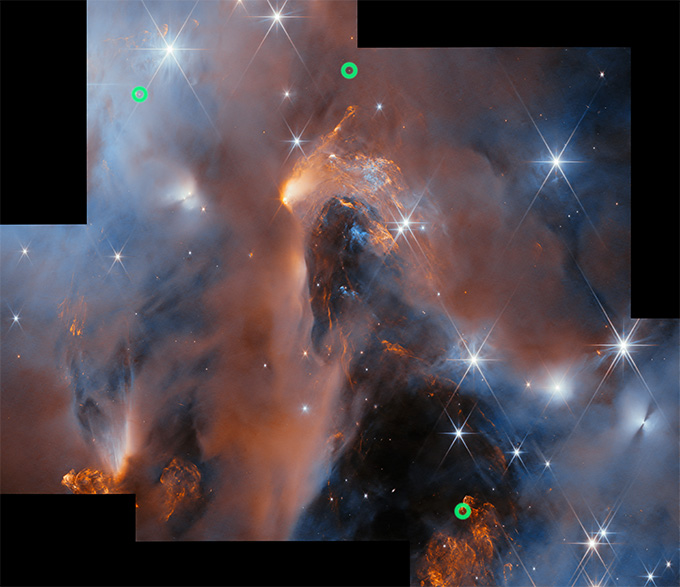A distant stellar nursery holds a cluster of newborn worlds the size of Jupiter, the smallest of which is surrounded by a disk of dust that may one day form moons. The detailed discovery, made thanks to the unprecedented sensitivity of the James Webb Space Telescope, could provide new insights into the formation of stars and planets, researchers report in a study in press at Astronomical Journal.
Stars are born from large clouds of gas and dust when pockets of material collapse under the influence of gravity. The same process can also create smaller non-stellar objects, such as giant planets and brown dwarfs, which lack the internal pressure to fuse hydrogen into helium in their bellies.SN: 24.7.17).
In the new star cluster NGC1333, located about 1,000 light-years from Earth in the constellation Perseus, a team of astronomers found hundreds of newly formed star-like objects, including six infant worlds between five and 15 times the mass of Jupiter . The dusty disk around the smallest world is just like the one that surrounds small stars and creates planetary systems. This dusty disk may one day turn into a pack of orbiting moons, says Adam Langeveld, an astrophysicist at Johns Hopkins University.

Without further ado, it is possible that he and his colleagues have found the lightest such object to form with a disc, at least in this particular cluster. And given the parallels between how stars and planets can form, “we’re really probing the limit of the star formation process,” he says.
Future work will use JWST to look at the chemical composition of newborn worlds and the surrounding material, potentially helping to explain what kinds of objects can form under what circumstances in this environment.
#Webb #Telescopes #stellar #nursery #finds #minor #planets
Image Source : www.sciencenews.org